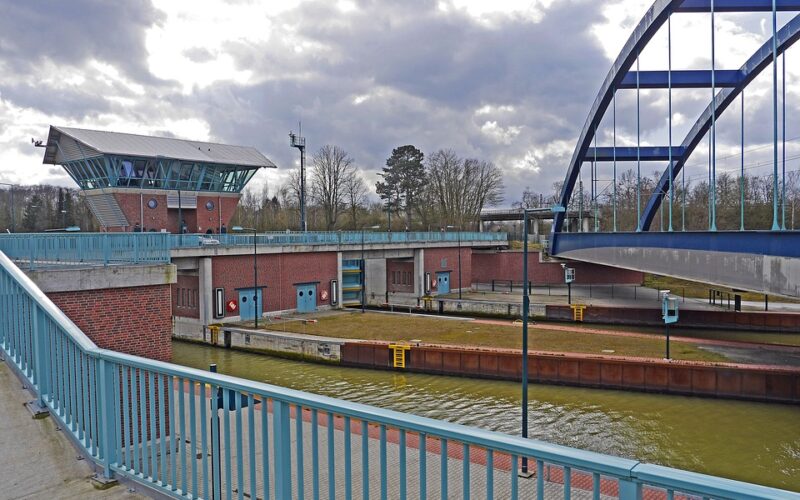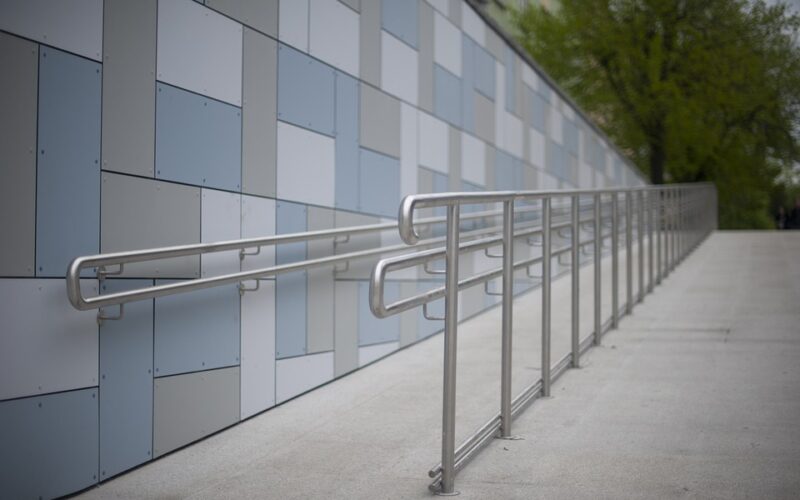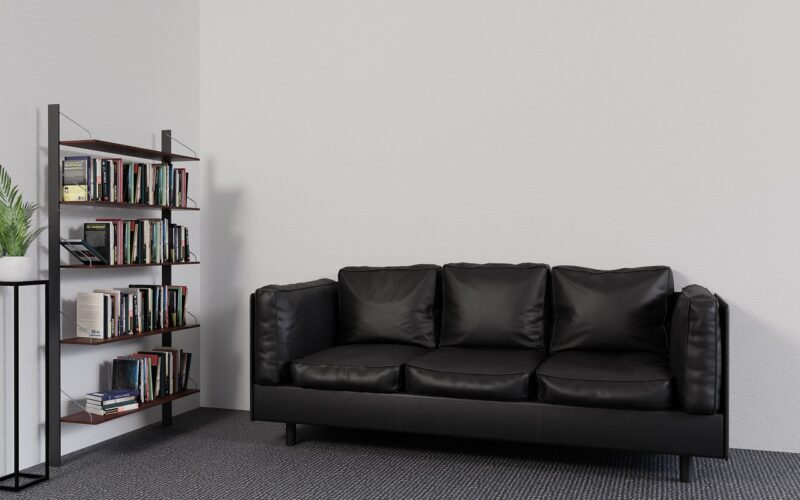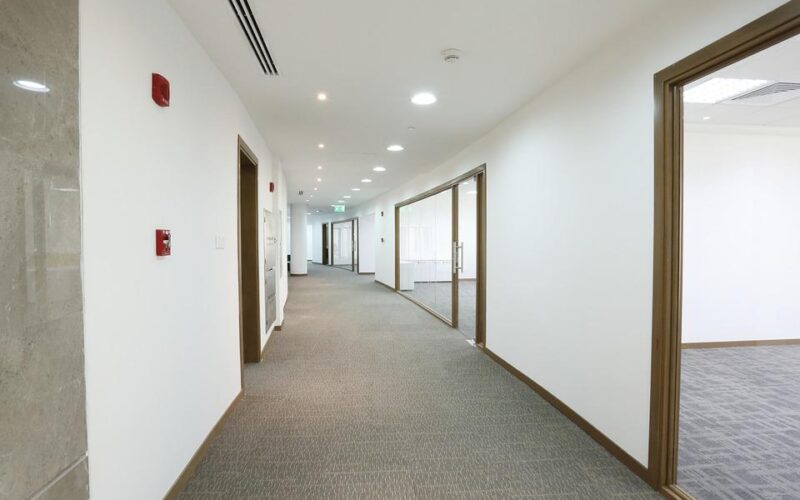Building Green
Sustainability is becoming increasingly important in all aspects of our lives, and it’s time for us to start taking steps towards building green. Building practices that are mindful of the environment can have a huge impact on global conservation efforts, and a great place to start is by considering sustainable materials like recycled glass and implementing green construction methods.
Let's look at some good building practices, from materials selection to energy efficiency techniques, so you can create beautiful yet environmentally friendly structures with ease.
Overview of sustainability
Sustainability is no longer just a buzzword; it's an imperative. As our world moves ever closer to a critical tipping point, we must take swift and meaningful action to preserve our planet's natural resources. Adopting sustainable practices is one of the most effective ways to protect and conserve our environment. It involves finding ways to meet our current needs without compromising the ability of future generations to meet theirs.
By promoting environmentally-friendly practices, we can work towards reducing our carbon footprint and effectively manage our resources. In doing so, we can create a healthier, cleaner, and more sustainable future for ourselves and for future generations.
There's no denying that sustainability is crucial and the benefits are far-reaching, from improved air and water quality, to greater access to clean energy and a more resilient ecosystem. The time to act is now, and by working together, we can make a positive impact on the planet.
Using recycled glass in construction projects
Recycling glass is a simple and effective way to reduce waste and help protect the environment. But did you know that using recycled glass in construction projects can also provide a wide range of benefits? Recycled glass, particularly when it has been crushed to create a granular product, can be used in a variety of applications such as drainage, concrete mixing, landscaping, and road construction. Not only is recycled crushed glass a sustainable alternative to traditional construction materials, but it can also help to improve drainage, reduce the risk of erosion, and enhance the overall aesthetic appeal of a site.
Furthermore, using recycled glass in construction can contribute to a more circular economy, where waste materials are reused and repurposed rather than ending up in landfills. By incorporating this eco-friendly material into construction projects, we can make a positive impact on the environment while creating beautiful and functional spaces.
Reusing existing materials
The construction industry is known for its high consumption of resources, but there is a growing movement towards reusing existing materials instead of buying new ones. This not only helps reduce waste but also lowers construction costs.
By giving existing materials a new life, construction companies can contribute to a more sustainable future. For example, wood from old buildings can be repurposed into flooring, furniture, or structural components. Concrete rubble can be crushed and used as a base for new building foundations or as fill material in road construction.
It's important for construction companies to think creatively about how they can reuse materials and prioritise this approach whenever possible. When we reuse what we already have, we can reduce our impact on the environment and build a more sustainable future.
Utilising natural light and air flow
Did you know that you can significantly reduce your energy costs simply by utilising natural light and air flow in your home or office?
By maximising the natural light that enters the space, you can reduce the need for artificial lighting which consumes a great deal of energy. Similarly, by ensuring proper ventilation and air flow, you can decrease the need for air conditioning or heating systems which also consume a considerable amount of energy.
Not only will this help lower your energy bills, but it will also create a more comfortable and sustainable living or working environment. So next time you're planning a renovation or looking to reduce your energy consumption, consider the benefits of natural light and air flow.
Working with local suppliers
Working with local suppliers is a great way to ensure better control over quality and sustainability. By sourcing materials locally like using a recycled glass supplier, companies can achieve greater transparency and traceability throughout their supply chain, reducing the risk of defects and ensuring that their products meet the highest standards of quality. This also benefits the environment, as the use of recycled glass and reusing materials helps reduce waste and conserve resources.
By making a conscious effort to work with local suppliers, businesses can not only improve their bottom line but also contribute towards a more sustainable future.
Exploring different insulation options
When it comes to insulating your home, it's crucial to explore different options and choose the one that suits your needs best. Among the most popular insulation materials, we can mention cellulose, rock wool, and foam board. Cellulose, made from recycled materials such as newspaper or cardboard, offers excellent thermal and sound insulation. Rock wool, a natural material obtained from volcanic rocks, provides superior fire resistance and is perfect for areas where fire hazards are a concern.
Finally, foam board insulation is a lightweight, cost-effective alternative that offers great energy efficiency. Each material has its perks and drawbacks, so it's important to consult an expert and determine which one is the right choice for you. With the right insulation material, you'll not only save money on energy bills but also make your home more comfortable and safe.









